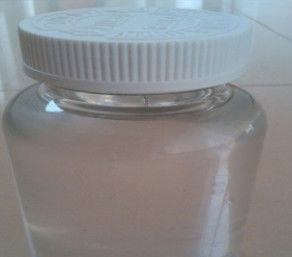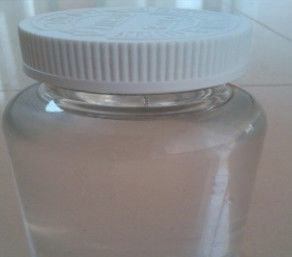-
Hexamethoxymethyl Melamine Resin
-
Methylated Melamine Formaldehyde Resin
-
Methylated Melamine Resin
-
Hexamethylol Melamine
-
Trimethylol Melamine
-
Melamine Urea Formaldehyde Resin
-
Melamine Crosslinker
-
Melamine Resin Coating
-
Amino Crosslinker
-
Butylated Melamine Formaldehyde Resin
-
Melamine Formaldehyde Resin
-
HMMM Resin
-
Amino Resin
-
Paraformaldehyde
Haminol 370 -Melamine Resins With Low-degree Methylation

Contact me for free samples and coupons.
Whatsapp:0086 18588475571
Wechat: 0086 18588475571
Skype: sales10@aixton.com
If you have any concern, we provide 24-hour online help.
x| Highlight | Haminol 370 -Melamine Resins |
||
|---|---|---|---|
| Name | Haminol 370 | |
|---|---|---|
| Solid Content | 85±3% | |
| Free Aldehyde (%) | <2.5% | |
| Specific Gravity, 25°C | 1.16 | |
| Viscosity (mpa·s) | 1500~4500 | |
| Main Reaction Group | Hydroxymethyl/alkoxy |
Partially alkylated melamine resins, which are either highly methylated or partially alkylated, can effectively cure at temperatures ranging from 120 to 150°C without requiring a strong acid catalyst. In thermoset coating applications, the inherent acidity of most polymers is enough to drive the curing reaction, resulting in film characteristics comparable to those of high imide resins. Furthermore, these resins can interact with functional polymers that have hydroxyl, carboxyl, and amide groups, though they are prone to self-condensation and typically have an R.E.C. value between 180 and 240. Like other melamine resins, their stability in formulations can be enhanced by incorporating amine and alcohol-based solvents. However, a significant drawback of these resins is the substantial release of formaldehyde during the baking process, primarily due to their high concentration of free methoxyl groups. This issue poses a notable limitation in their application.
![]()
![]()




